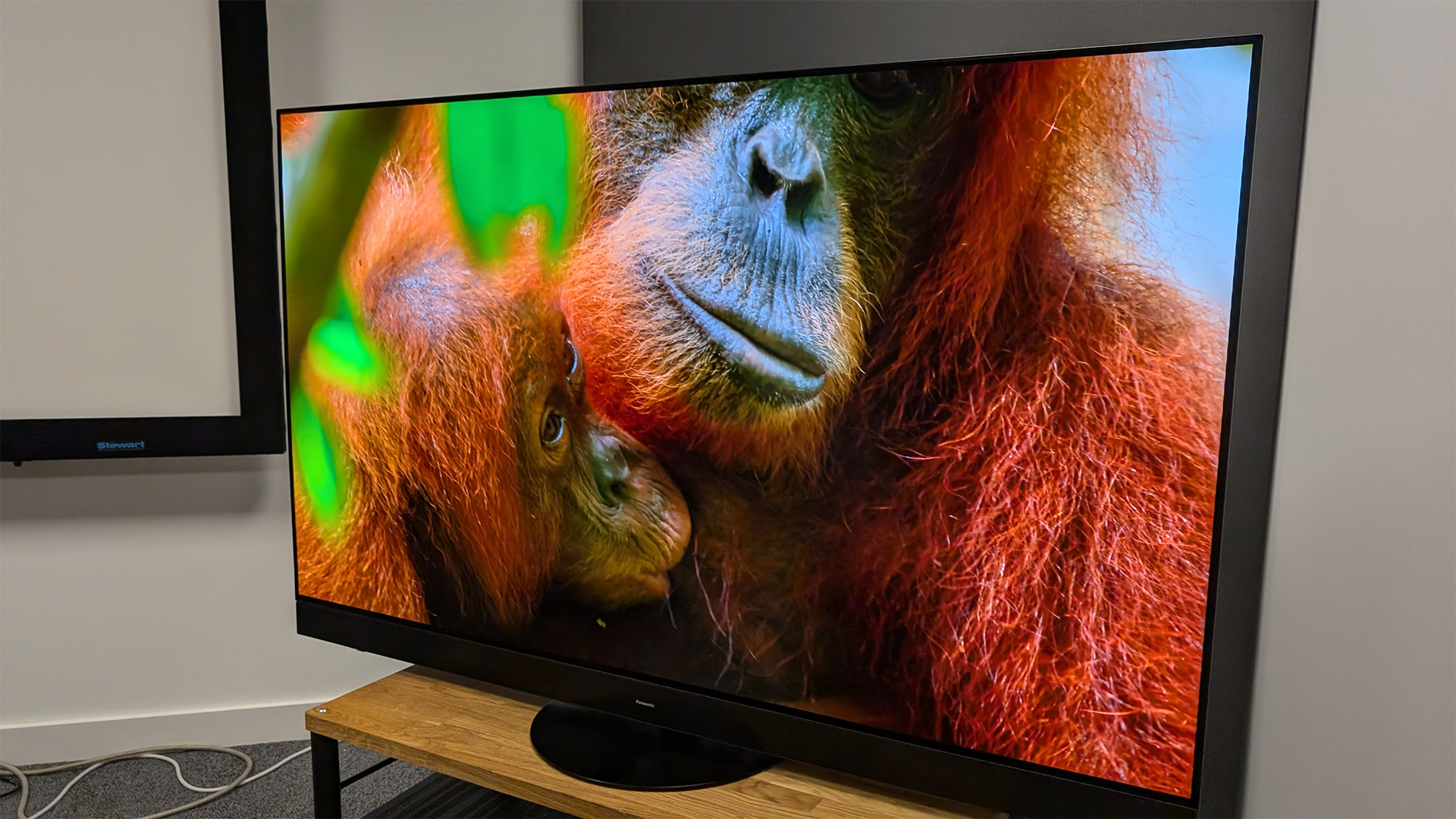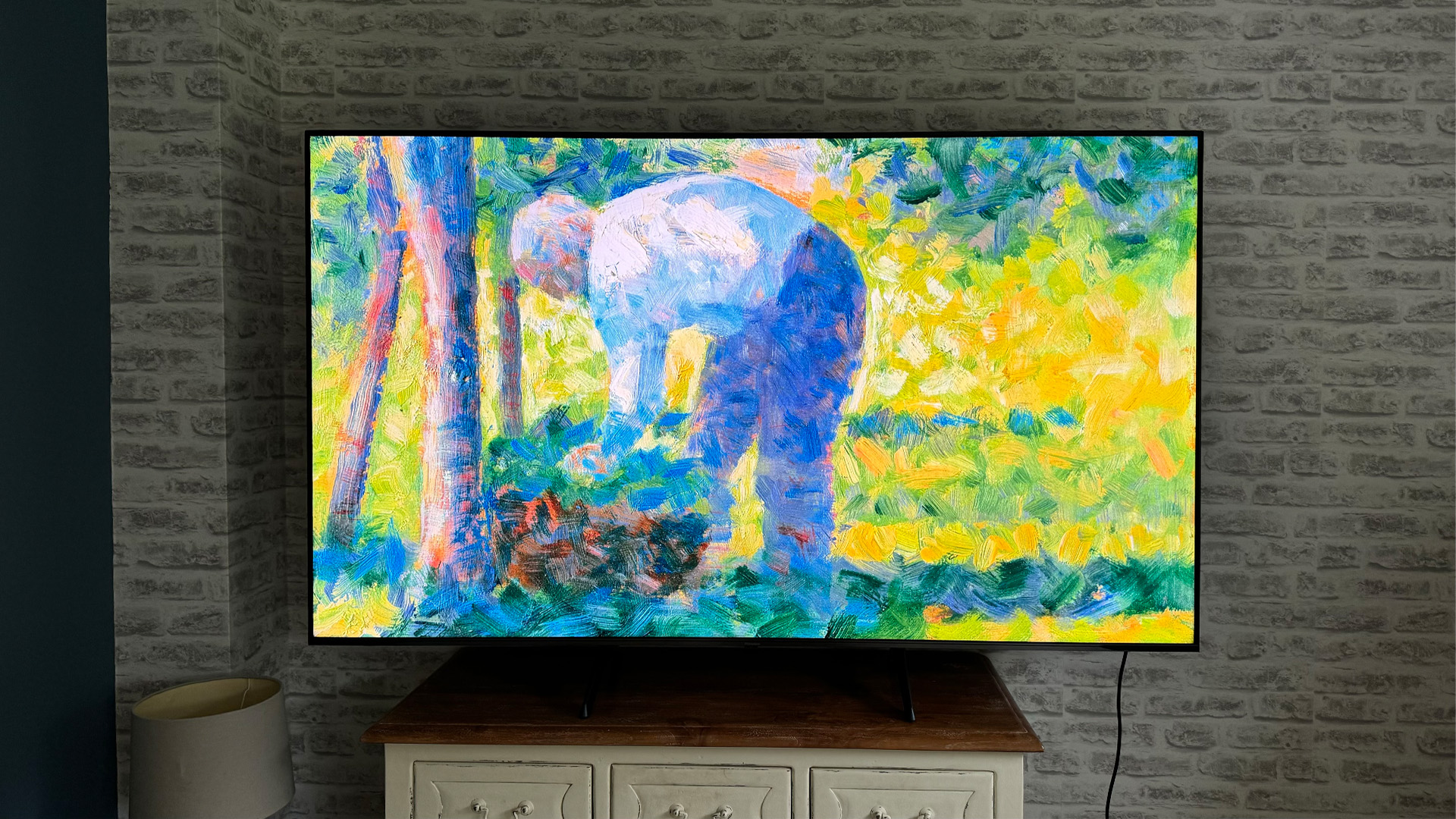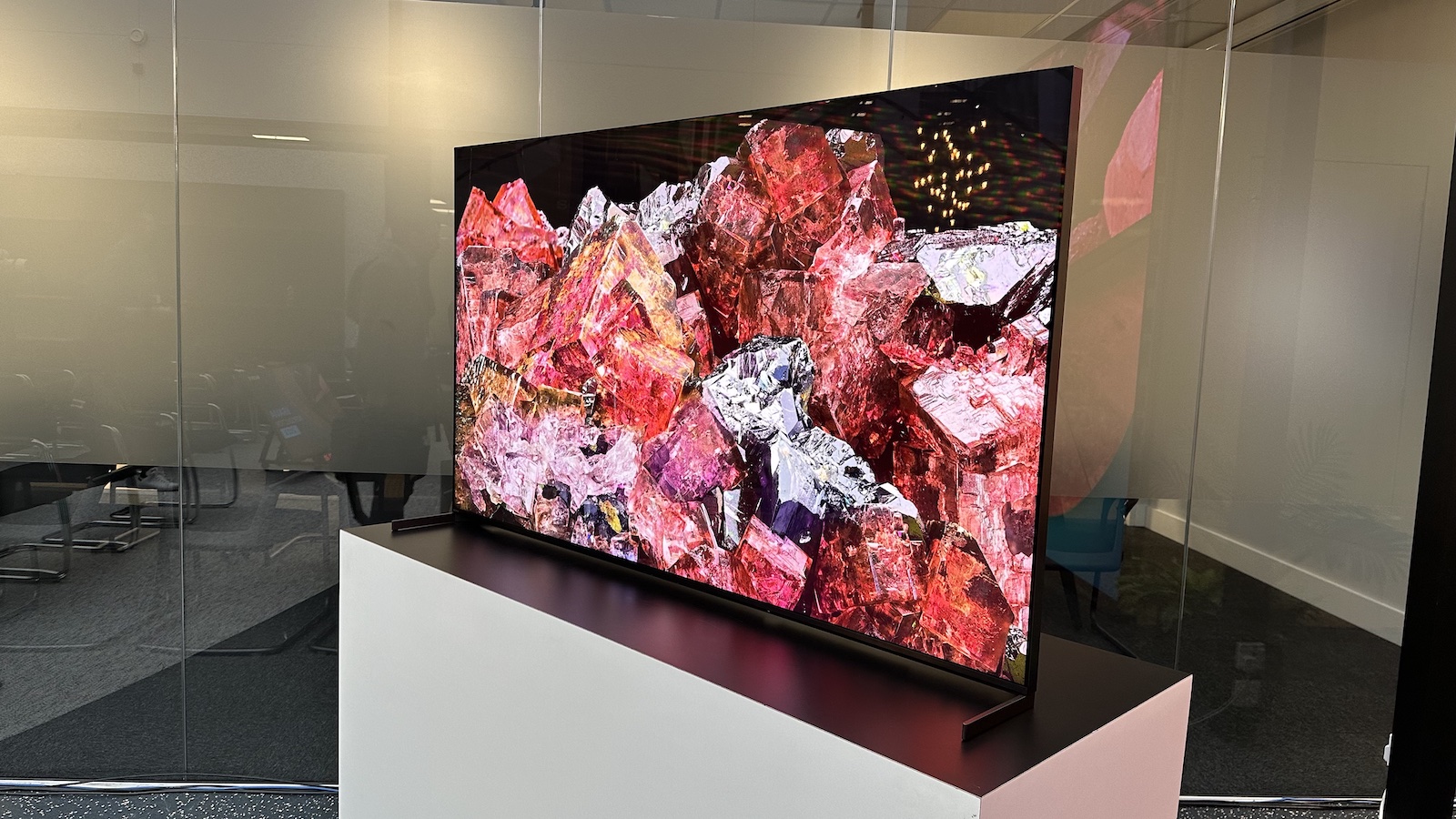What is DCI-P3?
And why are TV and projector manufacturers trying to cover 100 per cent of it?

If you’ve been thinking of buying a new TV or projector you’ve probably been bombarded with confusing terms such as 4K, HDR and DCI-P3. The last of those may be the most mysterious, but this explainer will introduce you to the wonderful world of colour gamuts and why they’re important to a display's picture quality.
Read on to learn everything you need to know about DCI-P3...
What is a colour space?
A colour space is a graphical representation of how all the different colours are reproduced, and in 1931 the International Commission on Illumination (CIE) published its ground-breaking research into the relationship between the visible spectrum and how it’s perceived by human colour vision. Each primary colour (red, green and blue) was broken down into three components – luminance, saturation and hue – all of which were then combined with how an average person sees colour.
The result was CIE 1931, a colour space that maps this relationship as a graph in the shape of what looks like the dorsal fin of a shark, with green towards the top, blue down at the bottom left, and red at the bottom right. Along with these three primary colours, you’ll also find the secondary colours of cyan, yellow and magenta, not to mention every other possible colour combination.
What is a colour gamut?
A colour gamut is an industry standard used to define how a set of colours can be accurately reproduced, whether that’s on a printer, camera, monitor or any other display device. It is represented graphically as a triangle with a primary colour in each corner, and is positioned within a specific colour space. At the centre of the triangle is the agreed specific colour of white (often referred to as colour temperature), which for video is the industry standard of D65 (6500K).
The larger the triangle the more of a colour space it covers. For an input device (camera) or output device (display) to correctly support a specific colour gamut, it not only has to reproduce all the colours within that triangle but also, to do so accurately, at different saturation points for each primary.
Adopting an industry standard for colours (including the colour of white) ensures consistency across the entire video workflow from capture to distribution. The cameras and displays need to cover 100 per cent of a specific colour gamut as well as be professionally calibrated, thus ensuring that everything looks identical in terms of colour reproduction.
The International Telecommunications Union (ITU) has created several colour gamuts for use in video production and distribution, but the two main standards are BT.709 (also called Rec.709) for standard dynamic range (SDR), and BT.2020 (or Rec.2020) for high dynamic range (HDR)...

What is wide colour gamut?
The colour gamut for the capture, production and distribution of SDR video is BT.709. This was developed back in the early nineties and reflects the capabilities of the cameras and cathode ray tube (CRT) displays of the time. As a result of these inherent limitations, it’s a relatively narrow colour gamut that only covers about 36 per cent of the CIE 1931 colour space.
As display technology evolved we saw the introduction of flat-panel LCD and OLED TVs capable of displaying HDR content and, as a result, a new standard was developed. This is called BT.2020 and is much larger and wider than BT.709. In fact, it is massive and covers about 76 per cent of the CIE 1931 colour space. However, it’s not the only wider colour gamut, which brings us to DCI-P3...
So, DCI-P3: what is it and why is it important?
The Digital Cinema Initiative (DCI) is a consortium of all the major motion picture studios. It was formed to develop specifications and standards for the roll-out of digital cinema twenty years ago. As part of this process, it defined the colour gamut to be used for the production, distribution and display of digital cinema. This standard is based on the P3 colour gamut, which covers about 54 per cent of the CIE 1931 colour space, and was thus christened DCI-P3.
The importance of DCI-P3 should be fairly obvious because it’s used to create most film and TV content these days, and thanks to the introduction of HDR we can now enjoy all the benefits of this wider colour gamut on our TVs or projectors. That’s assuming, of course, that your TV or projector can cover the DCI-P3 colour gamut. This is why so many manufacturers promote the percentage coverage of DCI-P3 of their TVs or projectors in their marketing literature.
Ideally, you’d like your TV or projector to cover 100 per cent of DCI-P3, but it’s still quite difficult for many displays to fully render a colour gamut that wide. In 2015 the UHD Alliance was formed to promote Ultra HD Blu-ray and define the minimum specifications for any HDR display wishing to be certified as Ultra HD Premium. According to the UHD Alliance, a device should be capable of displaying at least 90 per cent of the DCI-P3 colour gamut. So bear that in mind when you next upgrade your TV or projector.

How does DCI-P3 relate to BT.2020?
At this point, you might be wondering why BT.2020 even exists if Hollywood uses DCI-P3 in the production and distribution of its movies. The reason is that when developing the specifications for Ultra HD and HDR, the ITU chose a wide colour gamut so large that it would retain a degree of futureproofing. Even if Hollywood adopts a new standard or displays reach ever wider colour gamuts, BT.2020 should be large enough to accommodate any advances in display technology.
The reality is that, at the moment, very few TVs or projectors can even approach the size of BT.2020, let alone cover 100 per cent of it. At present it’s best to think of BT.2020 as a container inside which a colour gamut like DCI-P3 is delivered, and as long as your TV or projector correctly maps at least 90 per cent of DCI-P3 within BT.2020 then at least you’ll know you’re getting the benefit of all those wonderfully saturated and nuanced colours.
MORE:
The best TVs and best projectors you can buy
Nerd up even more: What is colour temperature on TVs?
And What is tone mapping? How the HDR TV feature works and why it's important
Get the What Hi-Fi? Newsletter
The latest hi-fi, home cinema and tech news, reviews, buying advice and deals, direct to your inbox.
-
Nindoge Awesome article!Reply
I've been getting deeper into using Special K's HDR features and I couldn't have picked a better day to try to learn what a gamut was! Any sooner and I would've missed this article.
Thank you very much for compiling all of this knowledge into this concise, easy-reading article :D
I had a couple more things I was curious about so I decided to share my findings here as well :)
Special K also has "Adobe RGB" and "NTSC" in the gamut.
Adobe RGB is an even wider gamut, originally designed for photography and printing, developed in '98.
The film industry pushed for DCI-P3 due to it's modern compatibility with "digital cinema projectors, ensuring precise control over colors and brightness during projection." (Arzopa Article) So many people in the industry use it that it became the standard just because everyone knows how to use it.
7729
I'll let someone else do the research on NTSC and share their findings (or at least an article or two) with the class 🙃
